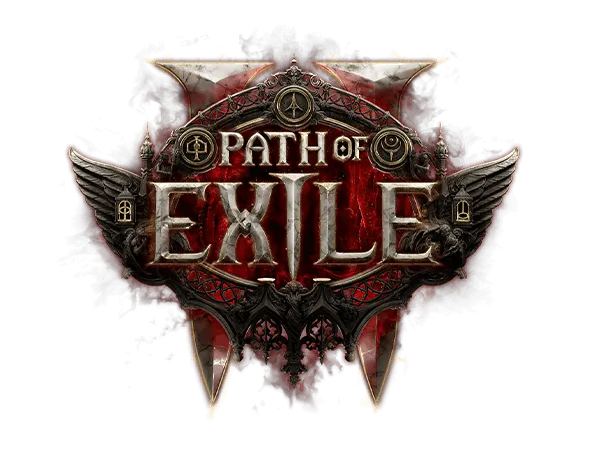What's the mapping strategy in this game if there's any?
Hi. That's my first season in POE2. Played only about 100h in POE1. I've managed to hit both campaings on normal difficulty and cruel. Now I'm on 73 lvl, doing T4 maps and I feel like a freaking machine gun. [https://maxroll.gg/poe2/build-guides/storm-mage-lich-build-guide](https://maxroll.gg/poe2/build-guides/storm-mage-lich-build-guide) I'm using this build rn - i'm on mid mapping skillset now, capped all the resistances beside the chaos (about 40% there), have items with quite okay stats (i was suggesting the stats from the guide, dropped Divine Orb in the campain so I had some currency for upgrades) and I feel no challange in T4 maps now. My tactic isnt sophisticated, just pushing to the towers and corrupted nexuses, boosting normal maps to rare ones sometimes, mostly play the magic ones. How to play that atlas map? Is there some more optimal way to progress? I would be grateful for some tips on that, thanks!
